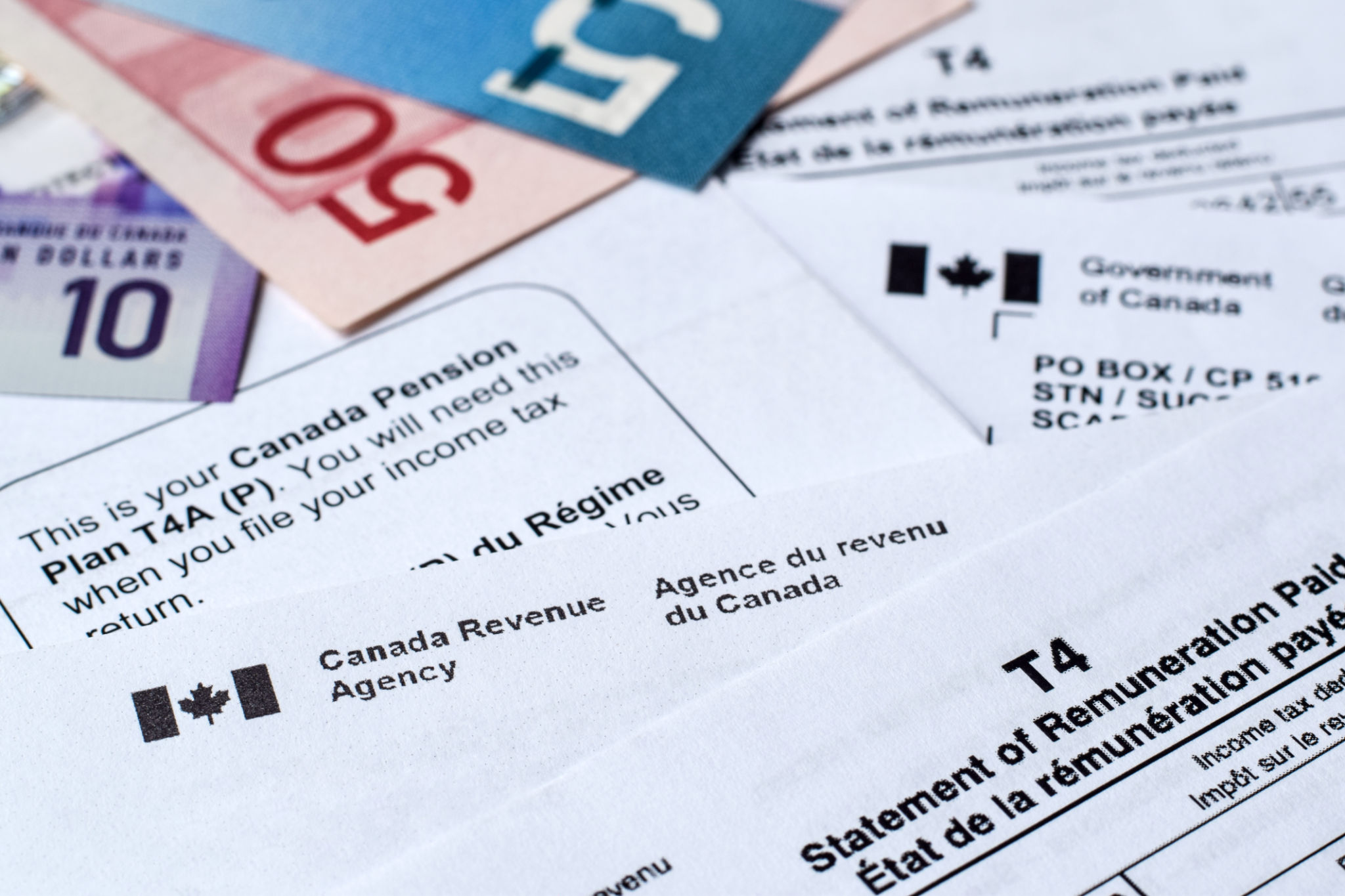Choosing Between Traditional and Digital Tax Filing: A Comprehensive Guide
Understanding the Basics of Tax Filing
As tax season approaches, individuals and businesses face the critical decision of how to file their taxes. The two primary methods available are traditional paper filing and digital tax filing. Each option has its own set of advantages and disadvantages, which can significantly impact your tax experience. This guide will help you understand the differences and choose the best method for your needs.

Traditional Tax Filing
Traditional tax filing involves manually filling out paper forms and mailing them to the IRS. This method has been in use for decades and remains a preferred choice for those who are not comfortable with technology or who prefer a tangible record of their submissions. One of the main benefits of traditional filing is that it allows for a hands-on approach, which can be particularly appealing to those who want to double-check every detail themselves.
However, this method requires more time and effort. You’ll need to ensure that all forms are completed accurately and mailed before the deadline. There's also the risk of postal delays or errors, which could potentially lead to late filings or penalties.

Advantages of Digital Tax Filing
Digital tax filing, or e-filing, has gained popularity due to its convenience and efficiency. This method allows users to submit their tax returns online using tax software or through a professional tax service. One of the most significant benefits of e-filing is the speed with which the IRS processes electronic returns, often resulting in quicker refunds.
E-filing also reduces the risk of errors, as many digital platforms offer built-in error checks and guides to ensure accuracy. Furthermore, digital filing provides a more environmentally friendly option by reducing paper usage.

Security Considerations
When choosing between traditional and digital tax filing, security is a crucial factor. Traditional paper filing poses minimal risk of cyber threats but introduces other vulnerabilities such as loss or theft during postal transit. On the other hand, digital tax filing requires robust security measures to protect sensitive information from cybercriminals.
To mitigate these risks, ensure that you use reputable tax software with strong encryption protocols. Always update your software and maintain secure passwords to safeguard your data.
Finding the Right Fit
Deciding between traditional and digital tax filing largely depends on your personal preferences and technical comfort level. If you value speed and convenience, digital filing might be the better choice for you. On the other hand, if you prefer a more hands-on approach and have concerns about digital security, traditional filing could be more suitable.

Ultimately, both methods aim to achieve the same result: compliant and accurate tax submissions. Consider your specific needs, circumstances, and the complexity of your tax situation when making your decision.
Tips for a Smooth Tax Filing Experience
No matter which method you choose, there are several steps you can take to ensure a smooth tax filing process:
- Gather all necessary documents in advance.
- Double-check all information for accuracy.
- Stay informed about current tax laws and updates.
- Seek professional assistance if needed.
By preparing in advance and choosing the right method for your needs, you can navigate tax season with confidence and ease. Happy filing!